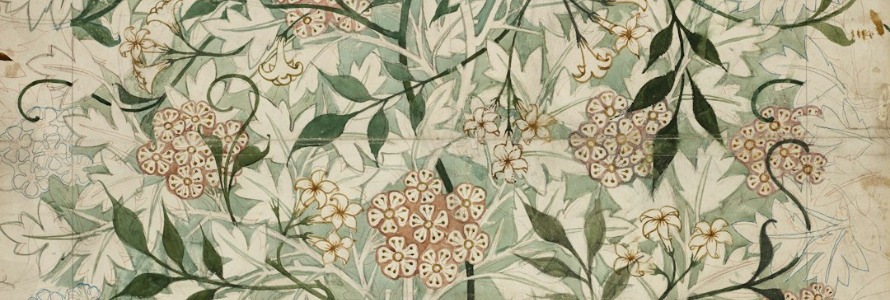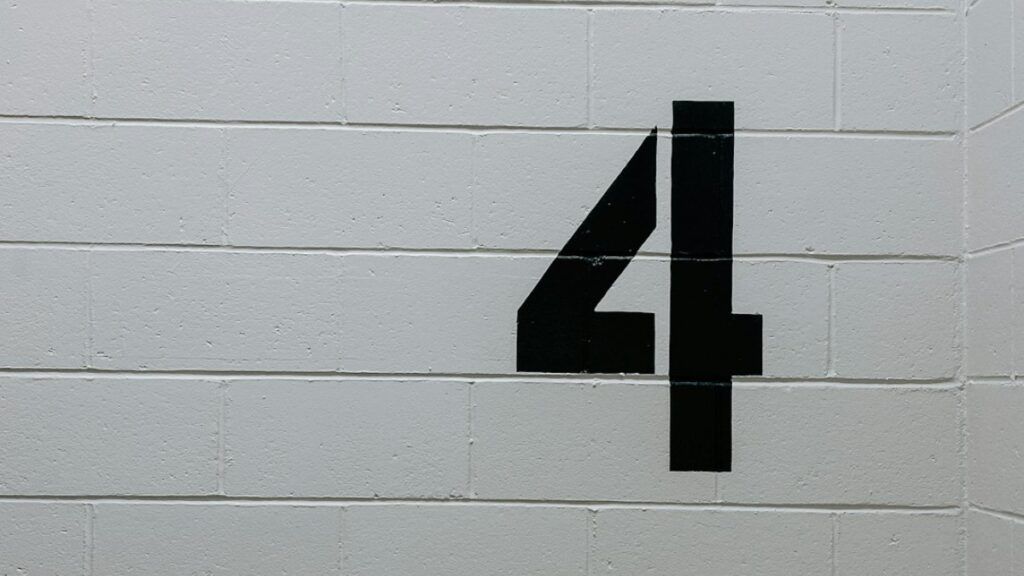
The interplay between theology and art has captivated thinkers for centuries. Art, in its diverse forms, provides a unique lens through which to explore profound theological questions about beauty, meaning, and the human condition. This intersection offers a rich tapestry of ideas, where faith and creativity intertwine to produce works of profound beauty and spiritual significance.
This article will delve into some of the most influential books that explore the fascinating relationship between theology and art, offering a deeper understanding of this captivating subject.

1. “The Glory of the Lord: A Theological Aesthetics” by Hans Urs von Balthasar: This seminal work by the 20th-century theologian offers a profound exploration of beauty as a theological category.1 Balthasar argues that beauty is not merely an aesthetic quality but a manifestation of God’s glory, revealing the divine presence in the world.2 He analyzes various art forms, from literature and music to painting and sculpture, to demonstrate how they participate in the divine beauty.
2. “Art and Faith: A Theology of Making” by Makoto Fujimura: Fujimura, a renowned artist and theologian, explores the intersection of art, faith, and culture.3 He argues that artistic creation is a spiritual discipline, offering a unique pathway to encounter the divine and participate in God’s creative work. This book blends personal reflections, theological insights, and practical advice for artists seeking to integrate their faith into their creative practice.4
3. “The Image and Appearance of the Human Being: A Theological Anthropology” by Hans Urs von Balthasar: While not solely focused on art, this work delves deeply into the human person as an image of God. Balthasar explores the significance of the body, the soul, and the human spirit in relation to divine beauty and creativity. This theological anthropology provides a valuable framework for understanding the human person as an artistic being.
4. “The End of Art” by Arthur C. Danto: This influential work explores the changing nature of art in the 20th century, examining how art has evolved in response to philosophical, social, and technological developments. While not explicitly theological, Danto’s analysis of the nature of art and its relationship to meaning provides valuable insights for understanding the role of art in contemporary culture.

5. “Art in Theological Perspective” by David Kelsey: Kelsey offers a comprehensive overview of theological aesthetics, exploring the relationship between art, religion, and culture from a variety of perspectives. He examines key themes such as the nature of beauty, the role of the artist, and the function of art in religious life.
6. “The Potter’s Hand: The Bible and the Artist” by Philip Graham Ryken: This book explores the biblical foundations of art, examining how the Bible speaks to the creative process, the nature of beauty, and the role of art in human flourishing. Ryken draws upon biblical narratives, poetry, and wisdom literature to offer a rich theological framework for understanding the significance of art.
7. “Theology of the Arts” by Jeremy Begbie: Begbie offers a comprehensive and insightful exploration of the theological dimensions of various art forms, including music, literature, visual arts, and performance art. He examines how these art forms can serve as vehicles for spiritual expression, social engagement, and cultural transformation.
8. “The Aesthetics of Redemption: Beauty and the Making of the Self in the Work of Fyodor Dostoevsky” by Kent Harold Dodds: This book explores the role of beauty in the spiritual and moral transformation of the human person through the lens of Dostoevsky’s novels. Dodds argues that Dostoevsky’s characters encounter the divine through experiences of beauty, suffering, and redemption.

9. “Art and the Bible: A Theological Aesthetic” by David Lyle Jeffrey: Jeffrey offers a comprehensive exploration of the relationship between art and the Bible, examining how biblical themes, imagery, and narratives have influenced the development of Western art. He analyzes the works of major artists throughout history, demonstrating how their work reflects biblical themes and engages with theological questions.
10. “The Image and the Word: Christ, Culture, and the Arts” by Os Guinness: Guinness explores the profound impact of Christianity on Western culture, examining how Christian faith has shaped the arts, literature, music, and philosophy. He argues that the Christian worldview has provided a powerful framework for understanding the human condition and creating meaningful art.
Conclusion
This list provides a starting point for exploring the rich and diverse world of theology and art. These books offer valuable insights into the relationship between faith, creativity, and the human experience, challenging readers to think deeply about the role of art in their own lives and the world around them.
Disclaimer: This list is not exhaustive, and the best books for you will depend on your individual interests and areas of inquiry.
References
Balthasar, H. U. von. (1987). The Glory of the Lord: A Theological Aesthetics. Ignatius Press.
Fujimura, M. (2008). Art & Faith: A Theology of Making. InterVarsity Press.
Balthasar, H. U. von. (1988). The Image and Appearance of the Human Being: A Theological Anthropology. Ignatius Press.
Danto, A. C. (1981). The End of Art. Basic Books.
Kelsey, D. (1993). Art in Theological Perspective. Yale University Press.
Ryken, P. G. (1995). The Potter’s Hand: The Bible and the Artist. Crossway Books.
Begbie, J. (1999). Theology of the Arts. Cambridge University Press.
Dodds, K. H. (1999). The Aesthetics of Redemption: Beauty and the Making of the Self in the Work of Fyodor Dostoevsky. University of Notre Dame Press.
Jeffrey, D. L. (1993). Art and the Bible: A Theological Aesthetic. InterVarsity Press.
Guinness, O. (1993). The Image and the Word: Christ, Culture, and the Arts. Crossway Books.
Note: This information is provided for general knowledge and informational purposes only.


